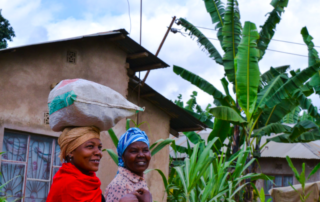Center on Business and Poverty Index
Click on the highlighted words right below this sentence to see how the index model works.
Copy of Center on Business and Poverty Index – Updated 03-02
The Center on Business and Poverty, in cooperation with students and a wonderful professor at Vanderbilt University, have invested a great deal of time and effort to create an

















